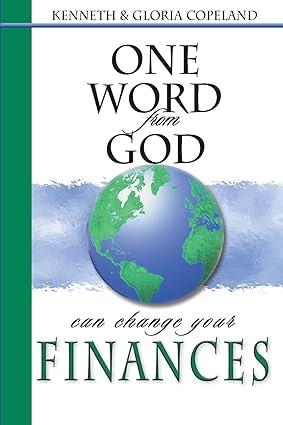Question
Q1/A stock has an expected return of 11.7 percent and a beta of 1.54, and the expected return on the market is 8.4 percent. What
Q1/A stock has an expected return of 11.7 percent and a beta of 1.54, and the expected return on the market is 8.4 percent. What must the risk-free rate be? (Enter answer in percents, not in decimals.)
Q2/You want to create a portfolio equally as risky as the market, and you have $500,000 to invest. Information about the possible investments is given below:
| Asset | Investment | Beta |
|---|---|---|
| Stock A | $149,241 | 0.82 |
| Stock B | $134,515 | 1.36 |
| Stock C | -- | 1.44 |
| Risk-free asset | -- | -- |
How much must you invest in Stock C?
Q3/You have $291 thousand to invest in a stock portfolio. Your choices are Stock H, with an expected return of 14.86 percent, and Stock L, with an expected return of 10.4 percent. If your goal is to create a portfolio with an expected return of 12.26 percent, how much money will you invest in Stock H?You have $291 thousand to invest in a stock portfolio. Your choices are Stock H, with an expected return of 14.86 percent, and Stock L, with an expected return of 10.4 percent. If your goal is to create a portfolio with an expected return of 12.26 percent, how much money will you invest in Stock H?
Q4/A stock has a beta of 1.4 and an expected return of 11%. The risk-free rate is 2% and the expected return on the market portfolio is 8%. How much better (or worse) is the expected return on the stock compared to what it should be according to the CAPM?
Enter the answer in percents, accurate to two decimal places.
Step by Step Solution
There are 3 Steps involved in it
Step: 1

Get Instant Access to Expert-Tailored Solutions
See step-by-step solutions with expert insights and AI powered tools for academic success
Step: 2

Step: 3

Ace Your Homework with AI
Get the answers you need in no time with our AI-driven, step-by-step assistance
Get Started


